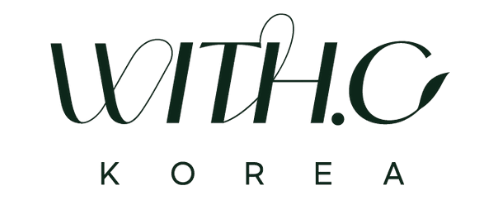What we have to consider when choosing Korean Sunscreen?

Ultraviolet rays are considered the main cause of aging.
Sunscreen is essential when going out as it causes pigmentation such as wrinkles and freckles.
At one time, it was only applied to the face, but there is an established belief that special care should be taken when applying it to areas with thin skin, such as the neck and hands.
So what kind of sunscreen should you use?
There are many factors to consider when choosing a sunscreen.
Chemical Sunscreen? Physical Sunscreen?
SPF? PA?
Since many people do not know the definition, products with high numbers and many + after PA have become the default.
Before we know what SPF or PA is, let’s find out why we need to block UV rays.
[How UV Rays Damage Skin]
UV rays are divided into UVA and UVB.
UVA penetrates deep into the skin, causing premature aging by destroying collagen and elastin fibers, resulting in wrinkles and sagging skin. UVB primarily affects the epidermis and can lead to temporary burns and DNA damage, increasing the risk of skin cancer.
When exposed to UV rays, the skin produces melanin, a natural pigment that helps block UV rays. However, excessive melanin production can lead to uneven skin tone and blemishes. Sunscreen acts as a defense mechanism to suppress excessive melanin formation.
So what causes wrinkles?
The main cause is destruction of elastin by UVA.
UVA has a long wavelength and penetrates indoors, destroying collagen and elastin in the skin.
When elastin present in the skin layer is damaged by ultraviolet rays, it secretes metalloproteinase (MMP) as a self-defense mechanism.
This enzyme destroys collagen. Then, the skin does not stay still, but moves to restore collagen, changing the overall skin matrix.
Just like a tectonic shift caused by an earthquake, the skin becomes more curved during this process.
The next cause is free radicals.
Free radicals are abnormal molecules generated in skin exposed to ultraviolet rays, which attack our skin and oxidize skin cells.
At this time, vitamins C and E play a role in removing abnormal molecules and are therefore recognized as natural sunscreens.
So what product should we use?
[Understanding SPF and PA]
SPF
The definition of SPF, which stands for UVB blocking rate, is an index that delays the occurrence of erythema, a phenomenon in which the skin turns red when exposed to ultraviolet rays.
It is difficult to set an exact standard because the time for erythema to occur is different for each person and the skin does not turn red immediately when it heats up, but in Korea, the average is known to be 15 minutes.
SPF 50 means that it can last 50 times longer than skin with nothing applied.
In other words, the absorption of ultraviolet rays is reduced to 1/50th (2%), resulting in a UV blocking rate of 98%.
PA
PA is an index that indicates how much UVA is blocked.
For each + after PA, the UV protection factor doubles.
Usually, PA + increases by 2 times, PA++ increases by 4 times, PA+++ increases by 8 times, and PA++++ increases by more than 16 times.
In summary, SPF 50 PA++++ means, The UV Blocking rate is over 98% and it can protect UVA more than 16 times.
[Sunscreen Types: Chemical or Physical]
Sunscreens are largely divided into chemical and physical(mineral) sunscreens.
When we receive ultraviolet rays, chemical sunscreen absorb the energy and create a chemical reaction that prevents it from being absorbed into the skin.
The principle of physical sunscreen is to physically block ultraviolet rays.
What was controversial at one time was that although chemical sunscreen are effective in blocking UVB, the oxybenzone and oxynosate used in them destroy the environment by interfering with the reproduction of coral reefs.
Although physical sunscreen has a white cast that causes some discomfort when using it, it is considered good in terms of skin safety.
However, it is now possible to make environmentally friendly sunscreens without using oxybenzone and oxynosate.
In particular, ‘combined sunscreen‘ which combine the advantages of chemical and physical sunscreen is also being released.
There are many things to consider with just one sunscreen.
Personally, I use chemical sunscreen (without oxybenzone and oxynosate) or combined sunscreen for the face considering makeup, and I prefer physical sunscreen products for the body because I use it with my son.
In summary, it’s essential to understand the different aspects of sunscreen and select products that suit your needs and preferences.
* References: “Cosmetics lies to me” by JeongSun Han/ “All that Cosmetic” by DongChan Kim/ “Customized cosmetics dispensing manager” by MiYeol Yu
